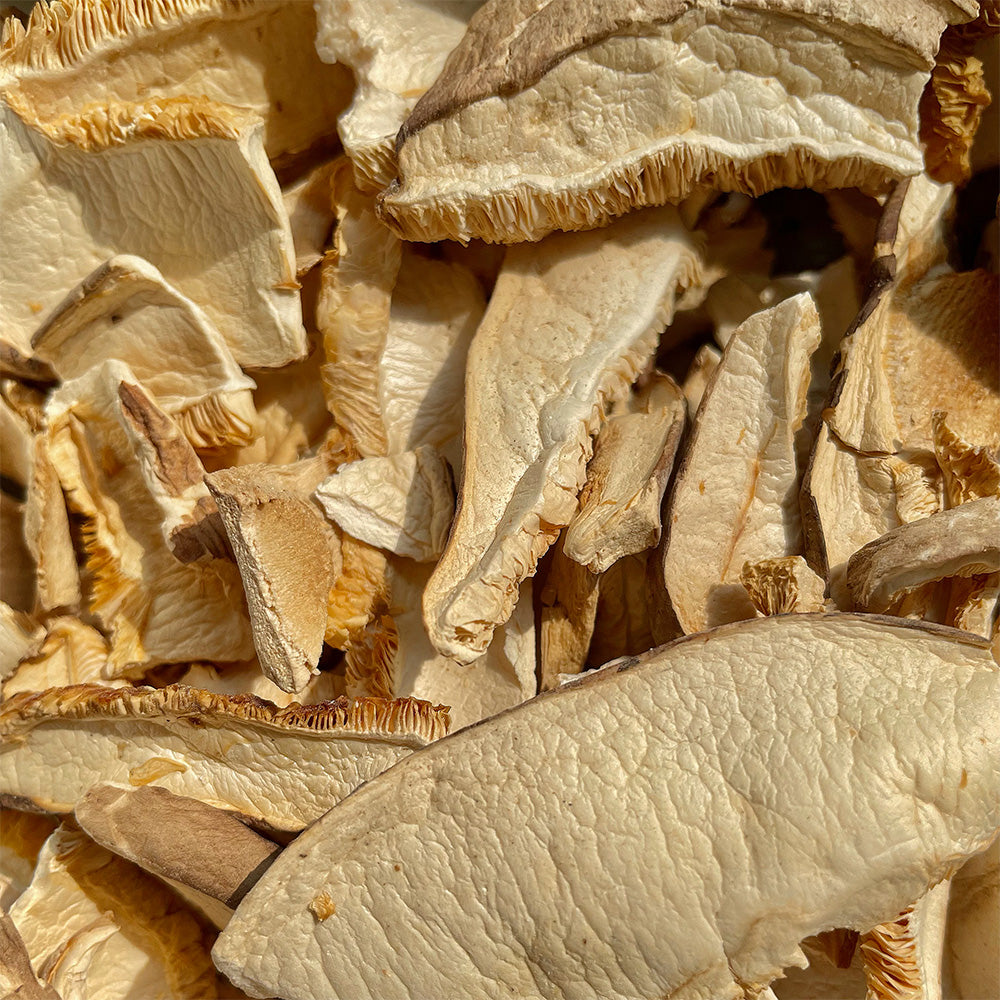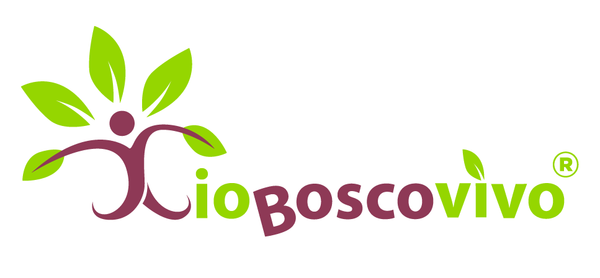
Edible mushrooms and β-glucans
Share
EDIBLE MUSHROOMS AND BETA-GLUCANS: IMPACT ON HUMAN HEALTH
by Chiara Cerletti 1,*, Simona Esposito 1 and Licia Iacoviello 1,2
1Department of Epidemiology and Prevention, IRCCS NEUROMED, 86077 Pozzilli, Italy
2Department of Medicine and Surgery, Research Center in Epidemiology and Preventive Medicine (EPIMED), University of Insubria, 21100 Varese-Como, Italy
*Author to whom correspondence should be addressed.
Academic Editor: Ashley J. Snider
Nutrients 2021, 13(7), 2195; https://www.mdpi.com/2072-6643/13/7/2195/htm
Received: 10 May 2021 / Revised: 16 June 2021 / Accepted: 22 June 2021 / Published: 25 June 2021 (This article belongs to the Section Clinical Nutrition)
Abstract
Mushroom cell walls are rich in β-glucans, long or short-chain polymers of glucose subunits with β-1,3 and β-1,6 linkages, that are responsible for the linear and branching structures, respectively. β-glucans from cereals, at variance, have no 1,6 linkages nor branching structures. Both immunomodulatory and anti-inflammatory effects of mushrooms have been described using purified β-glucans or fungi extracts on cellular and experimental models; their potential clinical use has been tested in different conditions, such as recurrent infections of the respiratory tract or complications of major surgery. Another promising application of β-glucans is on cancer, as adjuvant of conventional chemotherapy. β glucans may protect the cardiovascular system, ameliorating glucose, lipid metabolism, and blood pressure: these activities, observed for oat and barley β-glucans, require confirmation in human studies with mushroom β-glucans. On the other hand, mushrooms may also protect the cardiovascular system via a number of other components, such as bioactive phenolic compounds, vitamins, and mineral elements. The growing knowledge on the mechanism(s) and health benefits of mushrooms is encouraging the development of a potential clinical use of β-glucans, and also to further document their role in preserving health and prevent disease in the context of healthy lifestyles. Keywords: mushrooms; β-glucans; immune modulation; cancer adjuvant; microbiota; cardiometabolic system; healthy diet
